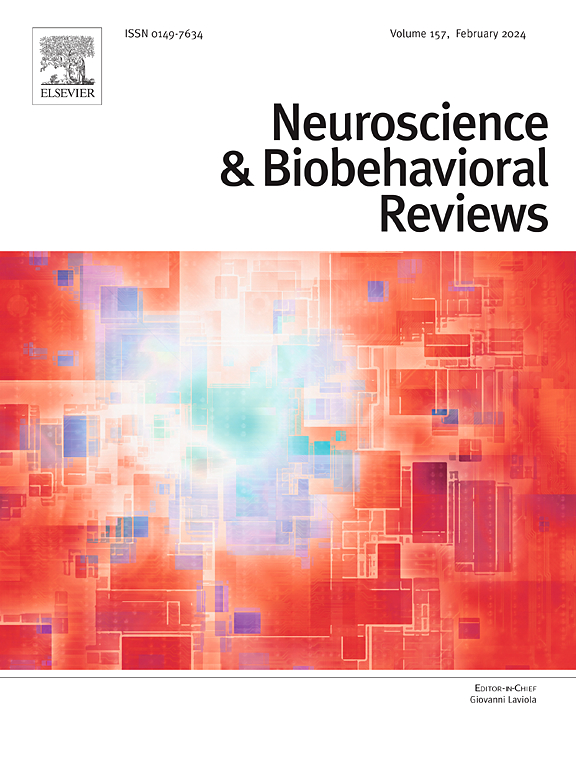理解工作记忆的灵活性:组合性、生成处理、锚点和整体表征。
IF 7.9
1区 医学
Q1 BEHAVIORAL SCIENCES
引用次数: 0
摘要
工作记忆的典型概念是一种在基于项目的表征中暂时保留多个离散对象以服务于其他认知任务的机制。在本文中,我们将工作记忆代表对象的传统观点扩展到一个更灵活的框架中,该框架使用组合和生成机制来编码,然后根据任务需求重新编码视觉输入。组合性允许将复杂的场景或对象在心理上分解成可以单独操作或重组以形成新的表示的成分。生成处理允许纯概念信息以一种类似于视觉感官表征的格式进行重构,这种格式可以通过感知机制进行操纵和重新处理。组合和生成机制将共同实现广泛的认知功能,包括视觉意象的基础。在我们看来,工作记忆项目不需要对应于离散的对象,但可以作为指针或锚点到组成对象部分的特征集群,或者,根据任务的不同,多个对象可以编码为一个整体项目。我们总结了这样一个记忆系统的概念,它可以通过在感知层次内的不同抽象层次之间移动来构建和重用信息。该模型与记忆和视觉意象文献的实验结果相关联,这些文献说明了这种系统在执行认知任务时的灵活性。本文章由计算机程序翻译,如有差异,请以英文原文为准。
Understanding the flexibility of working memory: Compositionality, generative processing, anchors and holistic representations
The typical conception of working memory is a mechanism to temporarily hold multiple discrete objects in service of other cognitive tasks in an item-based representation. In this paper, we expand the conventional idea that working memory represents objects into a more flexible framework that uses compositional and generative mechanisms to code and then re-code visual input according to task demands. Compositionality allows complex scenes or objects to be mentally decomposed into constituents that can be individually manipulated or recombined to form new representations. Generative processing allows purely conceptual information to be reconstructed in a format akin to visual sensory representations that can be manipulated and re-processed by perceptual mechanisms. Together, compositional and generative mechanisms would enable a wide range of cognitive functions including the basis of visual imagery. In our view, working memory items do not need to correspond to discrete objects, but could serve as pointers or anchors to clusters of features that form parts of objects, or alternatively, multiple objects could be encoded as one holistic item depending on the task. We conclude with a conceptual account of such a memory system that can build and re-use information by moving it between different levels of abstraction within a perceptual hierarchy. This model is linked to experimental results from the memory and visual imagery literatures that illustrate the flexibility of such a system for performing cognitive tasks.
求助全文
通过发布文献求助,成功后即可免费获取论文全文。
去求助
来源期刊
CiteScore
14.20
自引率
3.70%
发文量
466
审稿时长
6 months
期刊介绍:
The official journal of the International Behavioral Neuroscience Society publishes original and significant review articles that explore the intersection between neuroscience and the study of psychological processes and behavior. The journal also welcomes articles that primarily focus on psychological processes and behavior, as long as they have relevance to one or more areas of neuroscience.

 求助内容:
求助内容: 应助结果提醒方式:
应助结果提醒方式:


